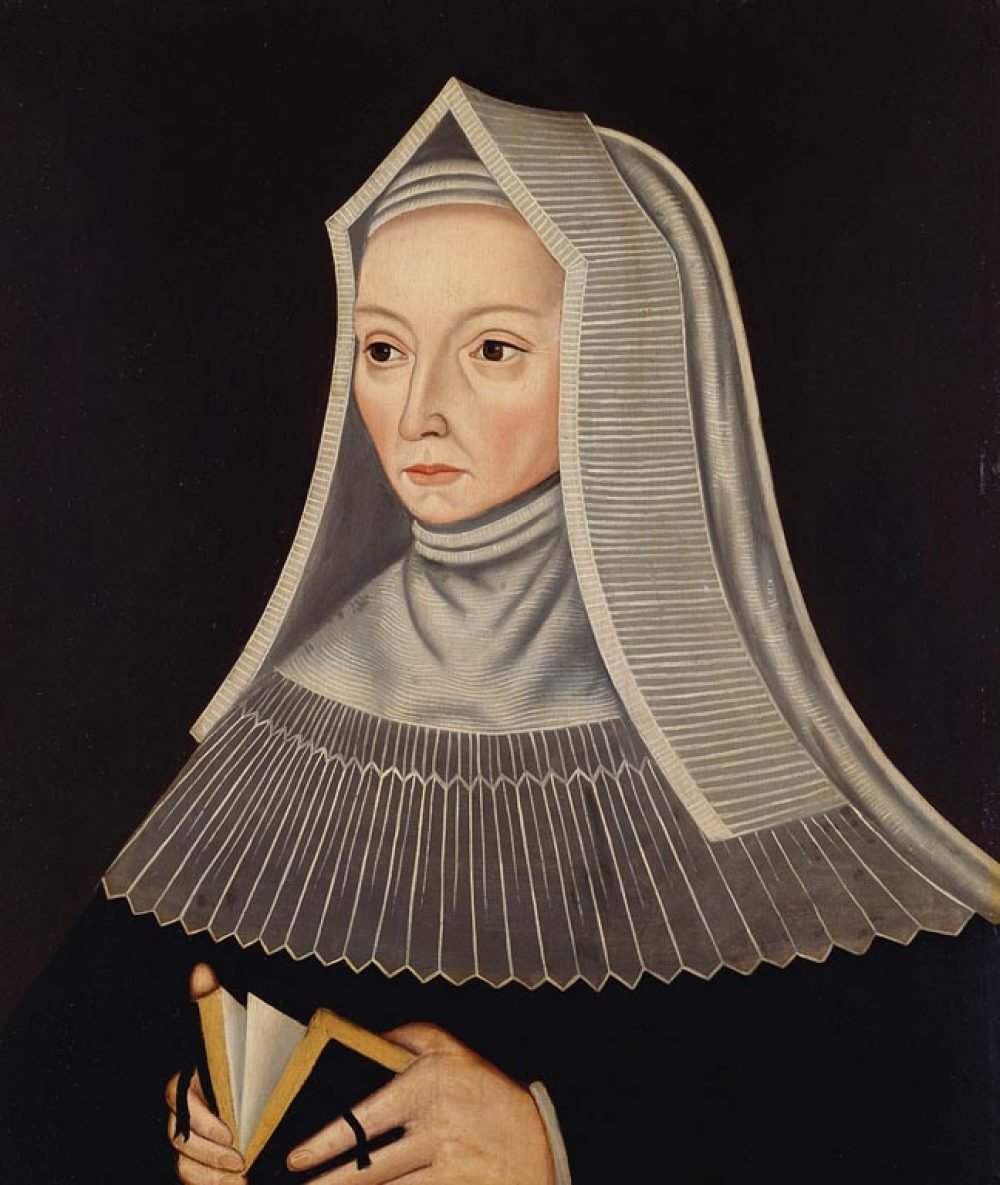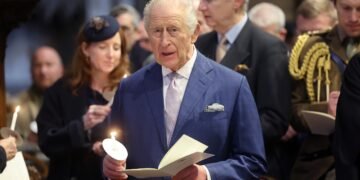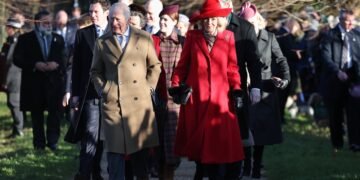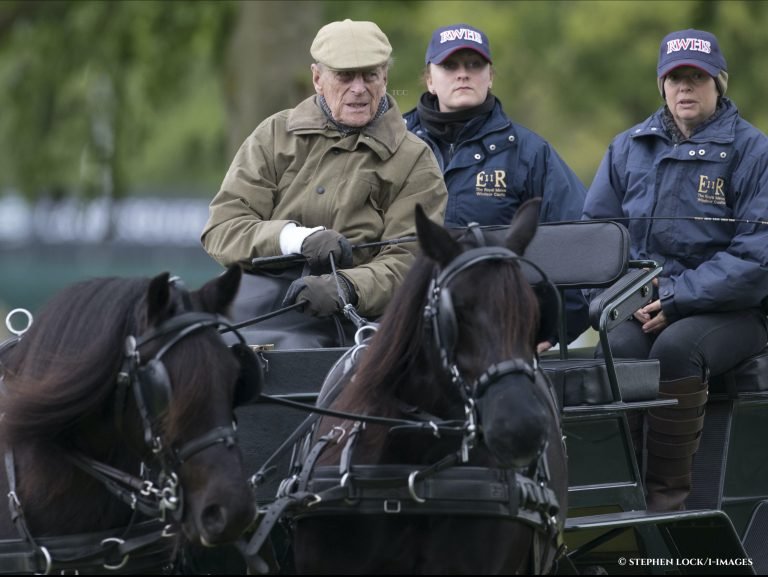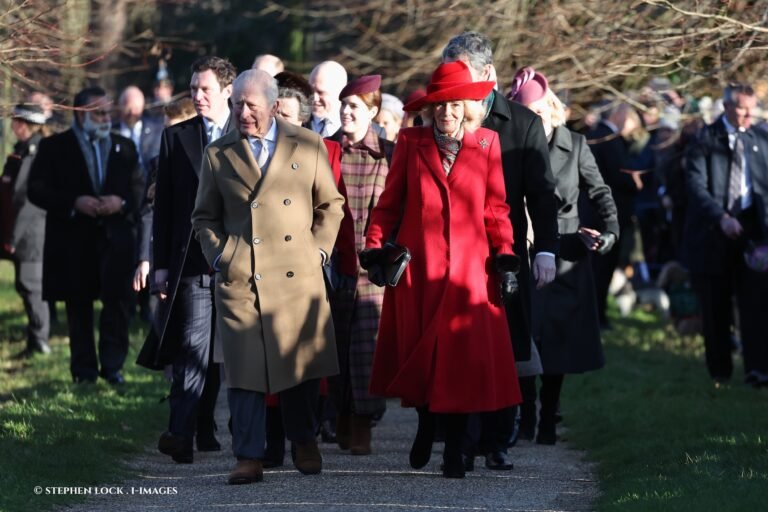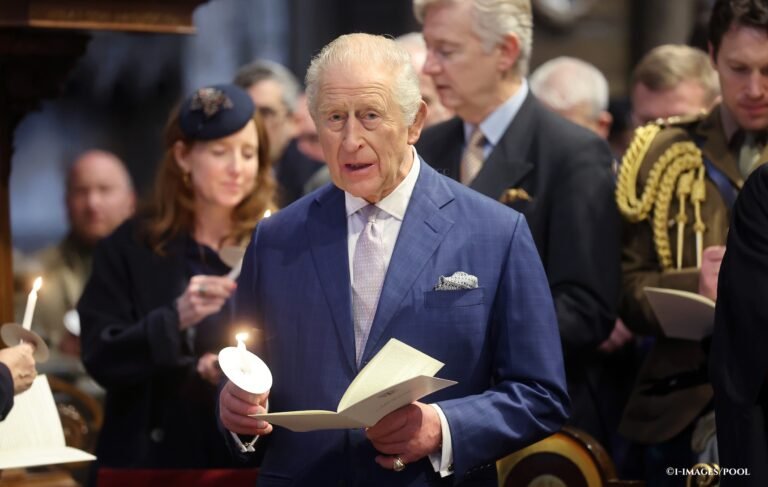A woman who was certainly influential in early modern England, was Margaret Beaufort. Often a forgotten figure, she was Henry VII’s mother, and is thought to have brought him to the throne and helped shape his reign.

Born on 31st May, likely in 1443, Margaret Beaufort was the only child of Margaret Beauchamp of Bletsoe and John Beaufort, 1st Duke of Somerset. Through her father’s line, she was Edward III’s great-great granddaughter via John of Gaunt and his mistress-turned-wife, Katherine Swynford; and therefore a cousin to King Henry VI, who sat on the throne at the time.
Her father passed away when she was just a toddler, making Margaret his sole heir to a number of large estates – and therefore a real catch on the 15th century marriage market. The King engineered a marriage with the son of John de la Pole, Duke of Suffolk in 1450, but this was dissolved shortly after. The King had decided on a better match – for Margaret to wed Edmund Tudor, Earl of Richmond, son of Catherine of Valois and Owen Tudor and his half-brother, in 1455.
While the large age gap between Edmund (aged around 24) and Margaret (just 12 years old) was not uncommon, consummation of the union was often postponed a few years to give the girl, as well as any child, a better chance of survival during and following childbirth. As the Earl was off to fight in the newly begun Wars of the Roses, the marital bed was used, resulting in a pregnancy for the teenage Countess.
Margaret gave birth to her only son, Henry, on 28th January 1457 at Pembroke Castle. She had become a widow during the pregnancy, Edmund having died of plague at Carmarthen Castle in November; he had been captured fighting against Edward IV’s Yorkist forces and imprisoned. The struggle of birth, combined with her slight frame at the age of 13 damaged the young girl, leaving her infertile; two further marriages before the age of 30 did not see any pregnancies, indicative of this fact.
Not one to wait around, also realising she needed a husband to get on, the Countess remarried on 3rd January 1458, a Sir Henry Stafford, son of The Duke of Buckingham. This appears to have been a happy match, with 14-year-old Margaret’s substantial holdings providing the couple’s main income.

Henry, just two, was moved from his home at Pembroke, to live with other family in Wales in 1459. Mother and son maintained their relationship mainly through letters and a few visits, until he fled to France after the York victory at the Battle of Towton in March 1461.
Margaret would follow Sir Henry as her courtier husband conducted business across the land; there are reports that she even accompanied him to Parliament, gaining an insight into politics, law and society at the same time. It is here we first see the kind of woman Margaret was, even at such a young age: eager to learn and aware that her position – even as a noble lady – was tenuous and she needed a husband to get on in life.
In 1471, at the Battle of Barnet, Margaret’s second husband succumbed to his battle wounds, fighting for the Yorkists. This was perhaps strange given his wife’s Lancastrian lineage, but the pair knew that survival meant tactics, and if that meant supporting the other side when it was advantageous, they would do it. The Countess of Richmond was widowed for a second time at the age of 28.
What caused Henry VIII’s personality change: head injury or leg pain?
The following year, in 1472, Margaret would wed once more, this time to Sir Thomas Stanley who held the titles of King of Mann and Lord High Constable. As a courtier, Margaret was able to return to court with her new husband and she soon found favour: she was made a godmother to one of Queen Elizabeth’s daughters, and when Richard III became King in 1483, Margaret was one of Queen Anne’s maids of honour at her coronation. Scholars have, however, suggested the Countess never felt a true part of the Stanley clan and that it was merely a marriage of convenience.
But the Countess was not content with sitting back as Richard consolidated his power, a usurper on the throne. Buckingham’s rebellion of 1483 attempted to put Edward IV’s eldest son, Edward V, back onto the throne, but the plan went awry when bad weather thwarted the men and ships sent from Brittany. Margaret almost definitely colluded on the plan with the former Queen Elizabeth Woodville, who was in Sanctuary at Westminster Abbey, via a Welshman, Dr Lewis; a success would have enabled Henry to return from the continent, whom Margaret was financially supporting.
As punishment for plotting, Margaret was stripped of her title Countess of Richmond – it was, however, forfeited to her husband, who was still loyal to the Yorkist regime. His standing at court prevented her from feeling the full force of the law, which would usually have been to seize her land and/or money, handing it to the crown. However, for the sake of Thomas’ ‘good and faithful service that he hath done and intendeth to do’ and ‘for the good love and trust that the King hath in him’, the punishment of attainder was altered.
In the summer of 1483, the Princes in the Tower disappeared, suspected dead at the hands of their uncle, Richard, for centuries. With no legitimate heir for the King, Margaret facilitated a contract between her son, Henry – still in exile – and Elizabeth Woodville’s eldest daughter, Elizabeth of York. A union would garner both Yorkist and Lancastrian support, a shrewd move from the two women.
Margaret’s husband became a hugely important figure in allowing Henry VII to come to the throne; he had been a staunch Yorkist, but when Richard III heard of the Tudor’s plan to invade with an army supported by the French King, he called on his nobles to rally troops for his army, including Thomas Stanley. But Stanley repeatedly ignored the King’s calls in the autumn of 1485.
Eventually running out of excuses, Stanley gathered men, and met Richard at Bosworth. One of his son’s, George, was taken hostage by the King, who sensed a possible defection on Stanley’s part. Richard threatened to execute George, should Thomas betray him, to which he retorted: “Sire, I have other sons”.
Experience London’s lost Palace: Whitehall
At the crucial moment, as Richard and Henry’s troops began to fight, Stanley held back, waiting to see which way the battle was going. Inferring it was Henry who was likely to succeed, he launched his attack against Richard III, just when his step-son needed it. Following Richard’s death, it was Thomas who took his crown and placed it on Henry’s head, proclaiming him King Henry.
Margaret then became Queen Mother, though this was not a style used for a number of centuries, and she was referred to as ‘My Lady the King’s Mother’. She and Stanley were created Earl and Countess of Derby shortly after the battle by the first Tudor King, and in 1488, Margaret was invested as a Lady Companion of the Order of the Garter, a personal honour from the Monarch, while in the first Parliament saw her right to hold property independently from her husband recognised.
Letters Patent gave the King’s mother numerous castles, manors and lordships in Devon, Somerset, and several other counties, as well as the Manor and Castle of Corfe and the income from the profitable town of Poole, for life, and her mother’s property. When children came, she was put in charge of the children’s upbringing and education, a responsibility that should have likely fallen to Elizabeth of York, the children’s mother.
During this period of stability and favour – her son was now on the throne after all – Margaret’s intellectual prowess and pious nature became more apparent. She and Stanley financially supported the building of chapels in Wales, and the Countess also patronised William Caxton, and later Wynkyn de Worde, in printing; she commissioned her own books including a translations of French texts into English, and was even involved in the translation of religious texts – something quite unusual for a woman.
One thing Margaret is remembered for most is the founding of Christ’s College at Cambridge in 1505; it would go on to have famous alumni like Charles Darwin and poet John Milton.
With the agreement of Stanley, Margaret took a vow of chastity in 1499, having spent a period of time living alone. This was an unusual move, but not unheard of during the era. She moved to Collyweston in Northamptonshire, meaning she was no longer part of court life. Stanley had his own set of rooms at her house, suggesting he was a regular visitor and that perhaps – even though their match was mutually convenient – the two had developed a bond, no doubt strengthened by Thomas’ support of Henry.
While known for her simple lifestyle, this did not mean the Countess was not a great host, nor a patron of craft. She had a vast collection of gold-ware, much of which was for the adornment of her chapels, but some was for personal decoration, such as the fine collars, girdles and chains of gold. Tapestries also featured in her collection, and her dresses were splendid, matching those of her daughter-in-law, the Queen. Her goods were valued at £15,000 after her death – quite a sum.
Towards the end of her son’s reign she was given a special commission to administer justice in the north of England, and Henry adopted the Beaufort portcullis as a symbol of his house, along with the Tudor Rose.
It is certain that Margaret had influence over her son, despite the long periods of time they spent apart during his childhood, when Edward IV and Richard III were on the throne. Her unwavering support for him, and the steps she took to secure a place in society for herself, which would in turn help her son, ensured that Henry would at least have a chance to take the throne. His thanks to her – titles, position at court and allowing her access certain aspects of government shows just how he appreciated her role in his destiny. She is certainly one of the most influential women behind the English crown…

